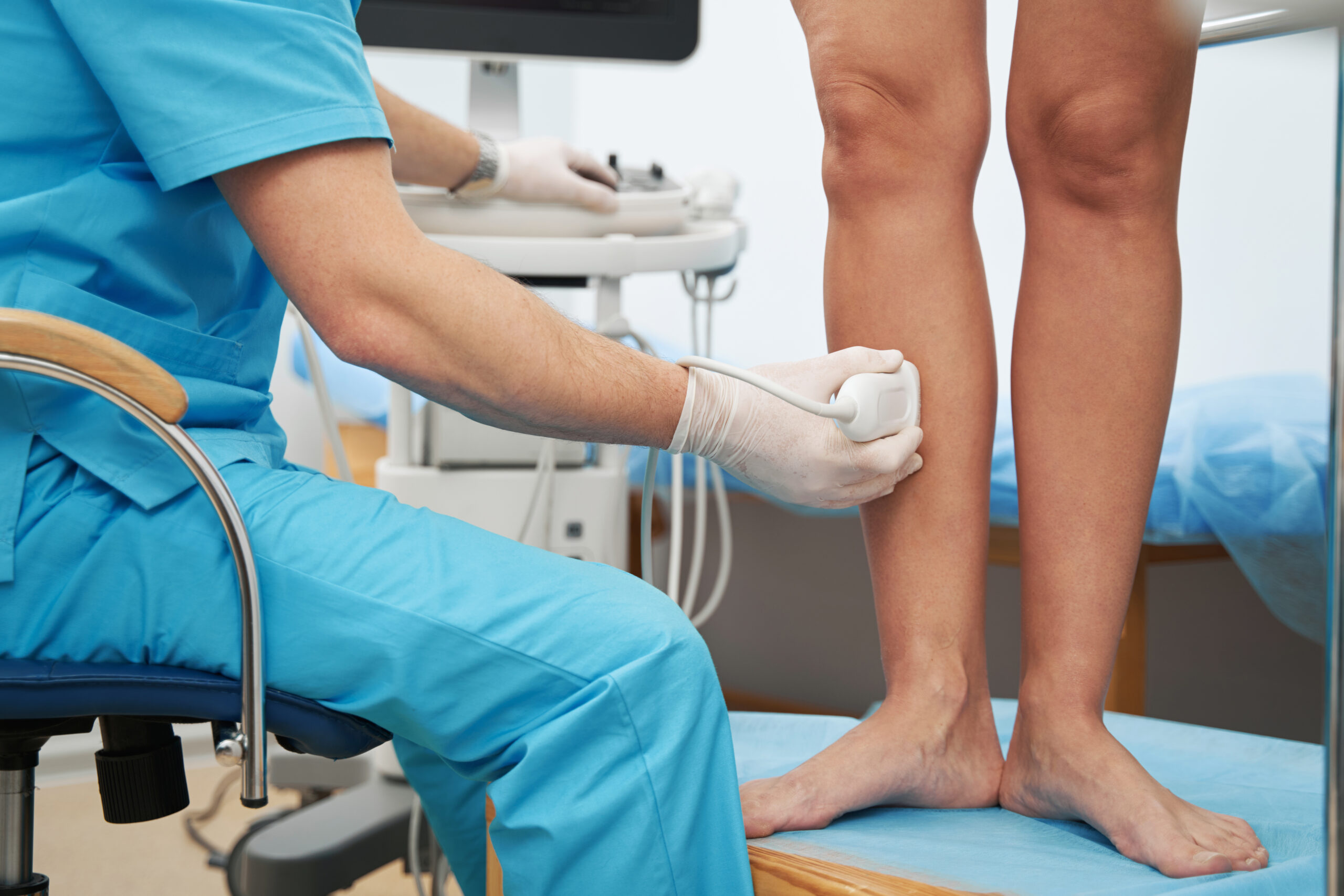Varicose veins are enlarged twisted veins found in the legs and is a common condition that affects more than 25% of the US population. Varicose veins can be a sign of a deeper underlying condition that should be treated early, as they typically get worse. Understanding when to seek treatment for varicose veins is vital to maintaining a healthy lifestyle. Let’s explore the key indicators for when to seek medical attention to effectively manageand treat varicose veins.
What to look for?
Varicose veins are bulging, twisted veins, often purple, blue or red in color. They may be painful and can swell up. They are primarily found in the legs and symptoms include itching, burning, swelling, muscle cramps and discolored skin.
When to seek treatment:
1. Persistent Symptoms:
If symptoms persist even after trying home remedies, such as compression stockings, exercising, or elevating legs while sitting or lying down, it is time to consult with a medical professional. A thorough consultation with a vascular specialist will help determine whether there is an underlying vein issue or vascular disease that requires treatment.
2. Changes in the skin:
Discoloration, thickening, or skin ulcers on top of the affected veins may indicate a deeper venous disease. This could be caused by poor circulation, damage to the skin, or venous insufficiency. It is highly recommended to seek the opinionof trusted professionalsthat specialize in vascular conditions, such as the team atWest Medical.
3. Bleeding:
Varicose veins that are closer to the skin’s surface are more susceptible to injury and bleeding when scratched or bumped. Although minor bleeding is common, frequent and persistent bleeding could be signs of a more severe vein issue that should be examined by a vascular surgeon.
4. Blood Clots:
Varicose veins can also be linked to blood clot formations, also known as superficial thrombophlebitis. Blood clot symptoms include swelling, redness, pain, and warmness near the affected veins. Blood clots may indicate a more severe venous issue such as deep vein thrombosis (DVT) or pulmonary embolism (PE) and should be treated by vein experts as a preventative measure.
5. Daily life:
Varicose veins can also impact your daily life by causing difficulty while standing, walking or completing daily routine tasks due to swelling or pain in the legs. When this occurs, it may be time to speak with a healthcare provider to promptly address your concerns and prevent potential complications from more severe vein conditions.
Seeking Expert Medical Care
If you’re not sure if your veins require medical attention, it is best to get them evaluated sooner rather than later and consult with an experienced vein care team. Consultations may include a physical examination, ultrasounds, and discussing your medical history. Treatment plans can consist of, but not limited to, minimally invasive procedures, surgical or non-surgical procedures, compression therapy, and lifestyle changes.
Although varicose veins can often be considereda cosmetic issue, it is best to understand what symptoms to look out for that may indicate deeper vein issues. As symptoms may lead to more severe vein diseases that should not be ignored. Treating veins as early as possible can prevent future issues that may affect your vein health. By being proactive and consulting with an experienced healthcare team, like West Medical, individuals can achieve optimal vascular health and improve their overall quality of life.


